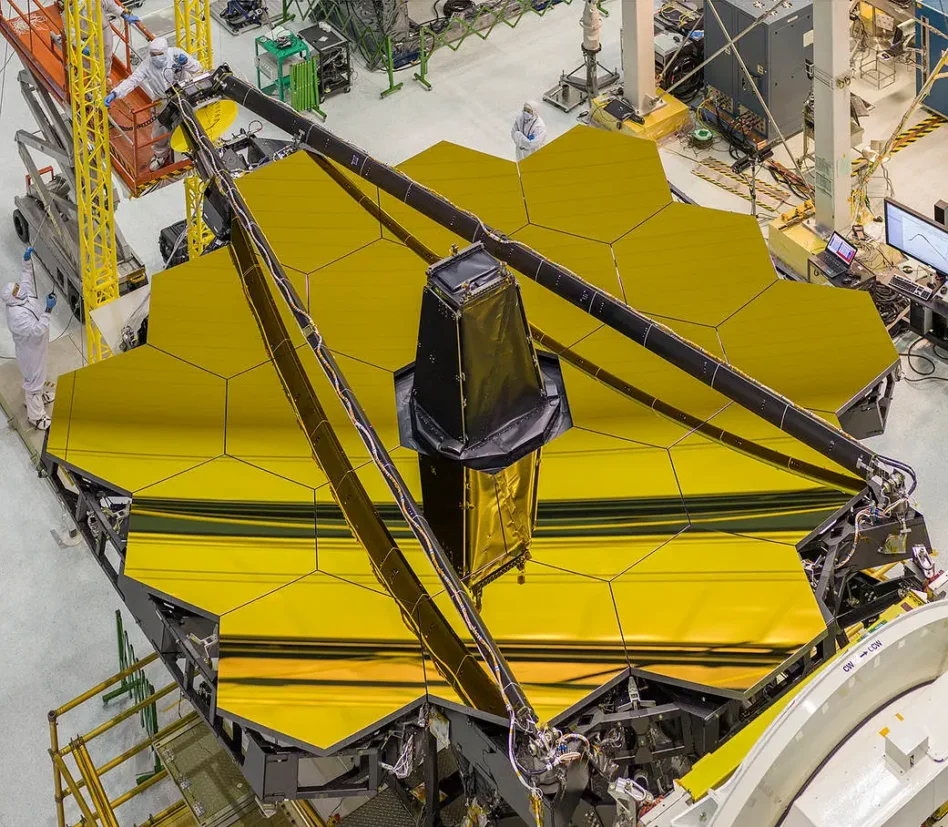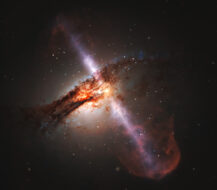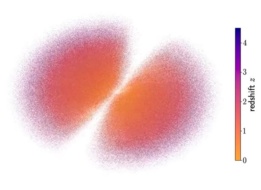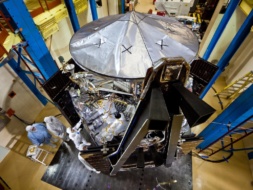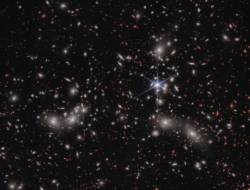The universe is expanding—that much is certain. How quickly it’s expanding, though, is still up for debate.
There are two distinct numbers that describe the rate of expansion of the universe.
- One measurement comes from telescope measurements of the visible universe—the most precise of which were recorded by the Hubble telescope.
- The other is extrapolated from what we know about the Big Bang and what the models say should have happened afterwards.
The discrepancy between these values is called the Hubble tension. The easiest explanation to resolve this tension would be that Hubble’s measurement was off, and that the expansion rate it settled on was simply the wrong number—human error, no big deal, problem solved. But that’s not the case.
Recent JWST data confirmed the expansion rate that Hubble measured based on the speed of the expansion of the visible, nearby universe, so the big question of how quickly the universe is really expanding remains unanswered.
“With measurement errors negated, what remains is the real and exciting possibility that we have misunderstood the Universe,” said Adam Riess, a John Hopkins physicist, in a recent release.
Placing the mileposts: A type of celestial object called a Cepheid variable star is scattered throughout the universe. Cepheids pulse periodically in brightness. There’s a direct causation relationship between its brightness and the time between pulses.
This regularity is incredibly useful for scientists, who can use the visible rate of pulses to determine the objective brightness of the star. By comparing that objective brightness measurement to how luminous the Cepheid appears in the sky, scientists can measure with a high degree of accuracy how far away it is.
Hubble used these stars as markers to determine the expansion of the universe, but despite the high precision of its measurements, concerns remained that as the observed stars got further away, the measurements decreased in accuracy.
“Combining Webb and Hubble gives us the best of both worlds,” Riess said. “We find that the Hubble measurements remain reliable as we climb farther along the cosmic distance ladder.”
What’s next? Well, resolving the Hubble tension, of course.
Easier said than done. There are additional observatories planned that will conduct further observations of the Cepheids and try to figure out the truth once and for all. ESA recently launched its Euclid telescope, which is undergoing commissioning, and NASA is working on building the Nancy Grace Roman telescope, which will also search for answers to the tension.
